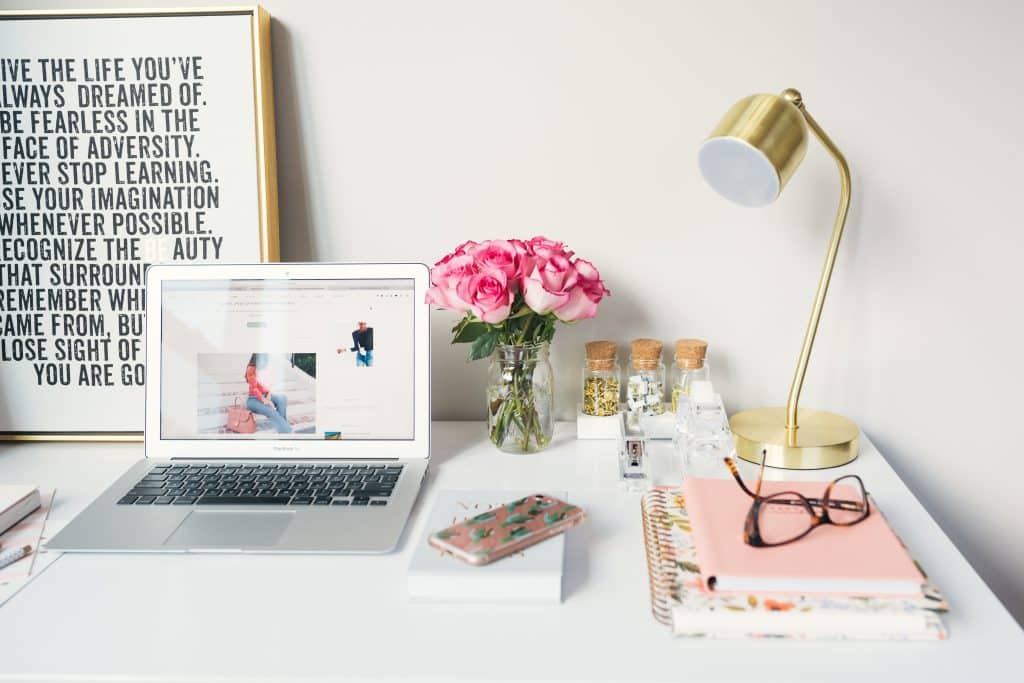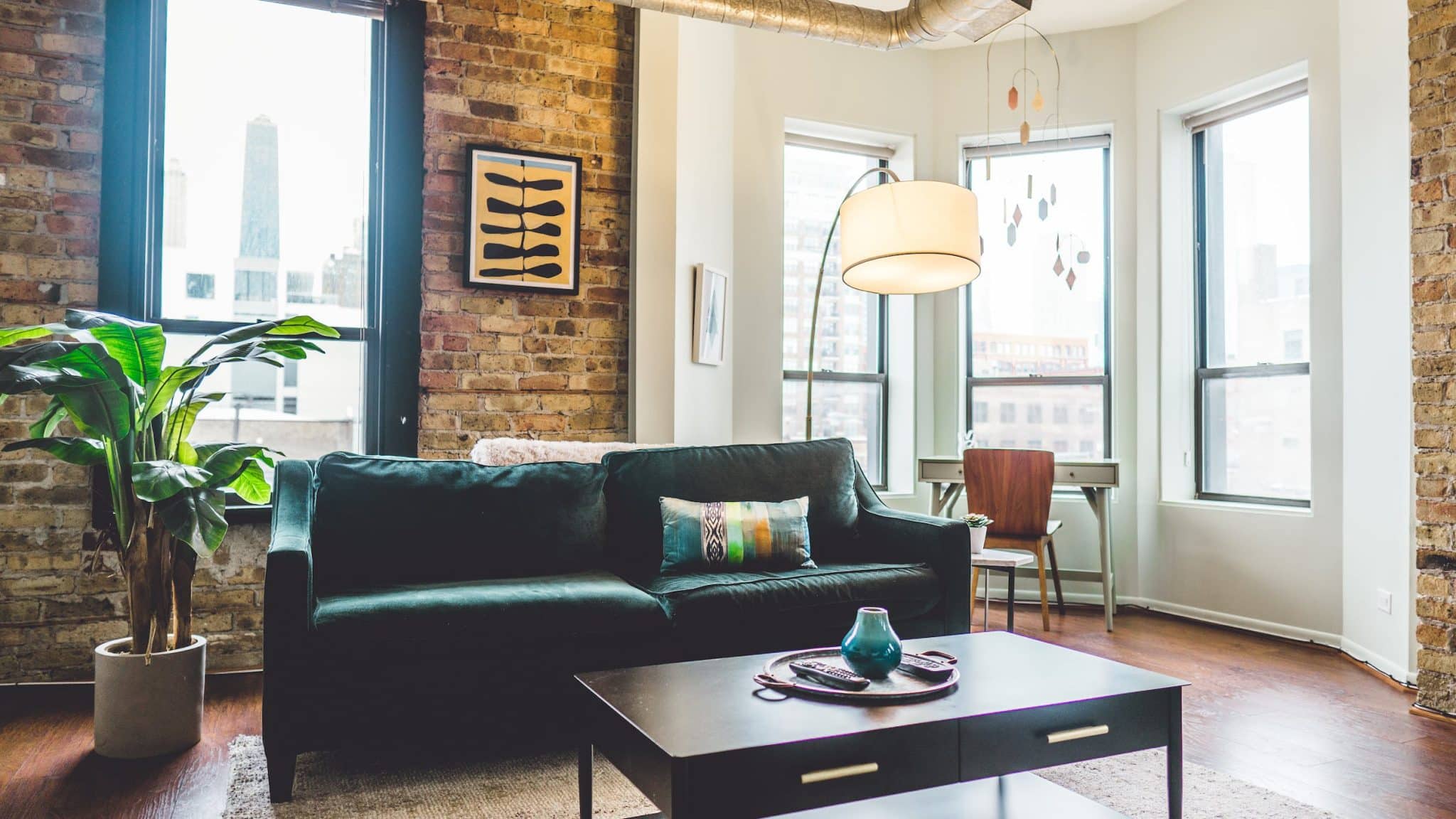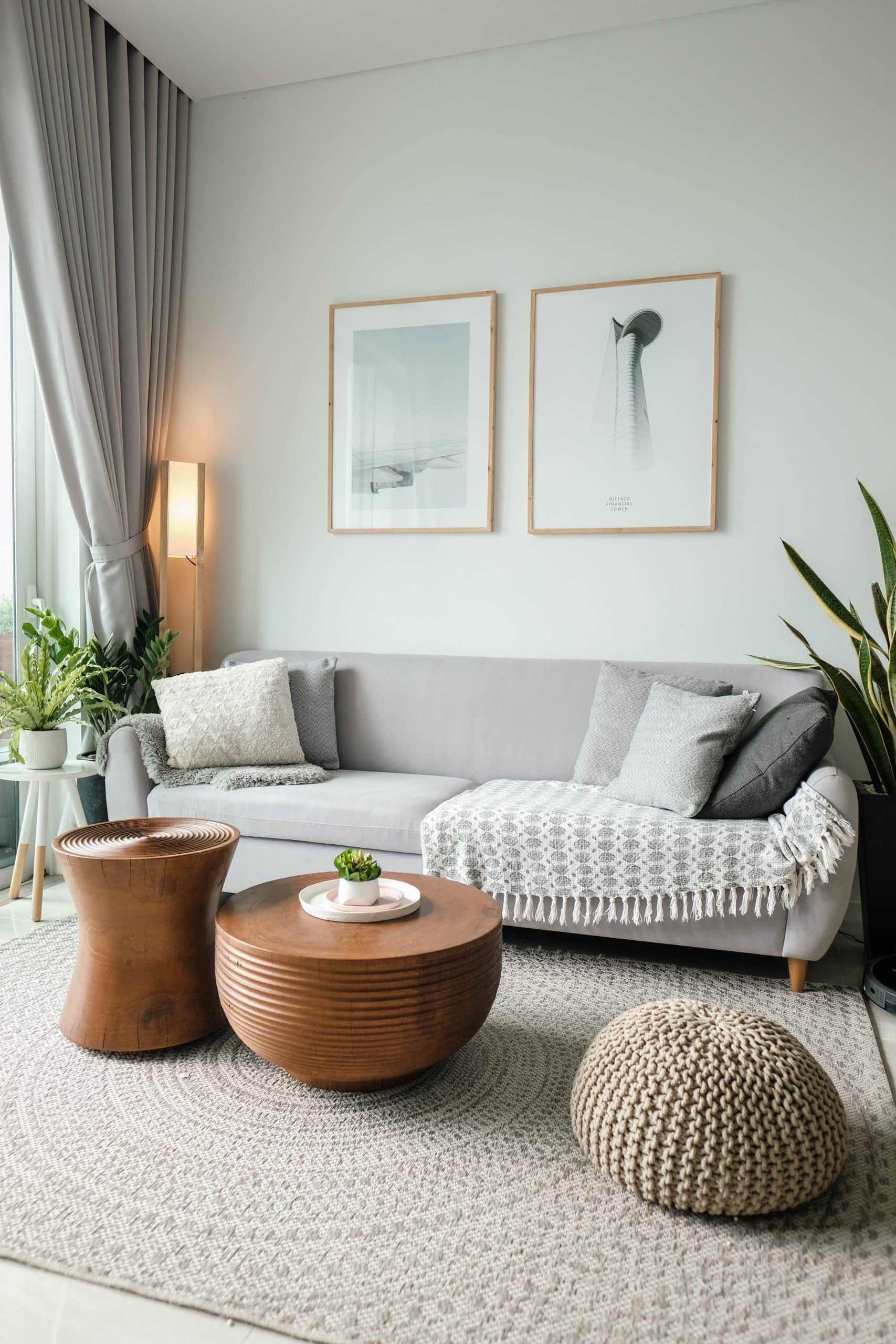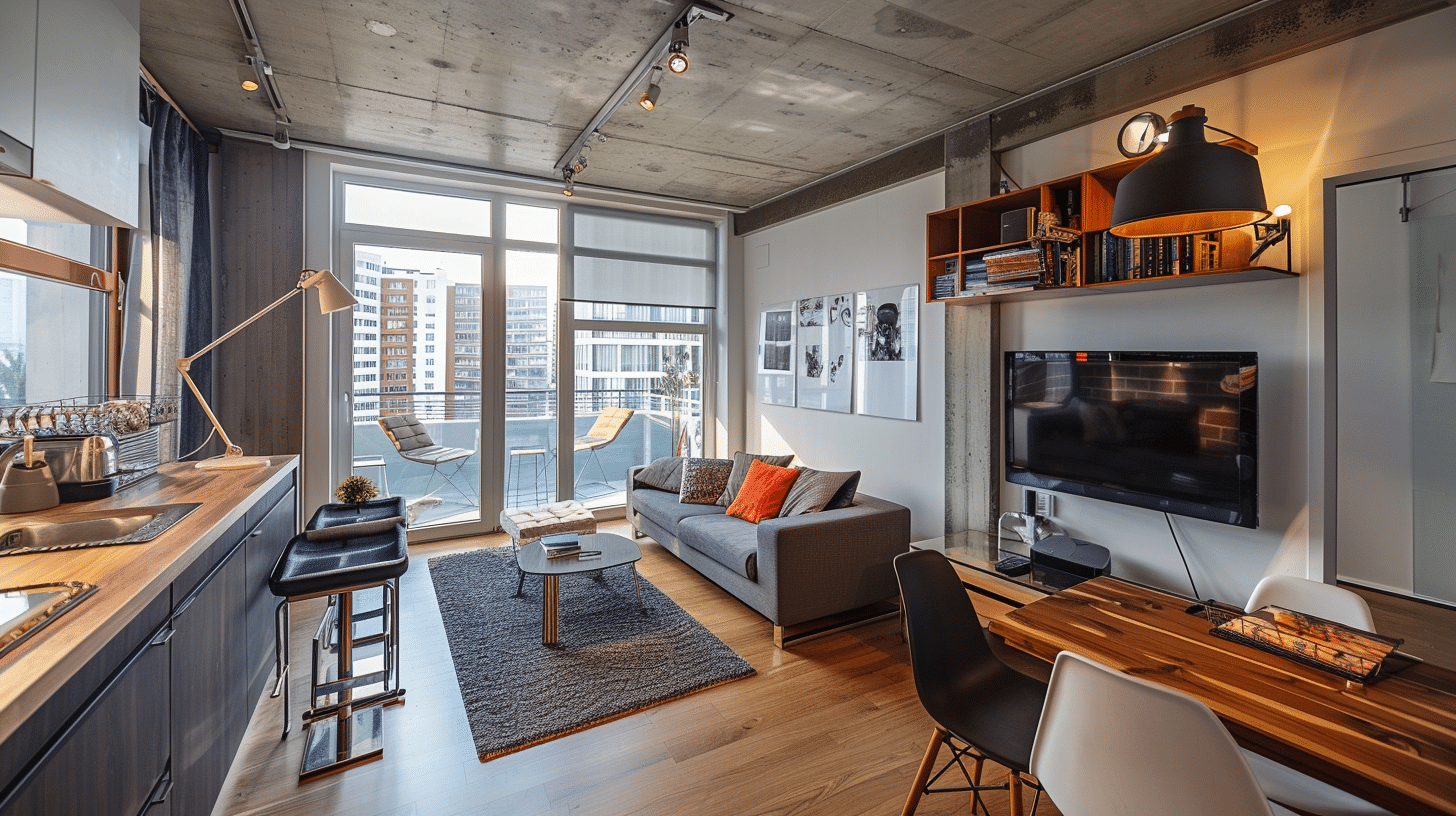Ideas for a Study Space in a Small Student Apartment
Ah, college life! A world of limitless possibilities, intriguing subjects, and yes, lots and lots of studying. The place where you do this studying can greatly affect your productivity and learning outcomes. But what if your study space is a small student apartment?
Fear not! You don’t need a sprawling home office to create an efficient study environment. With a dash of creativity and some practical tips, even the smallest of spaces can become a productivity powerhouse. Instead of struggling with your assignments, pay for essay writing and leave your worries behind. Then you’ll have all the time you need to learn how to design an efficient study space. That can enhance your focus and make studying a more pleasant experience. Of course, sometimes getting assistance with assignments is unavoidable, but having a dedicated, personalized study space can significantly improve your academic performance.
Importance of Location
In a small apartment, picking the right spot for your study space can be tricky but it’s a crucial first step. Try to find a location that’s away from high traffic areas to minimize disruptions.
Consider setting up near a window. Natural light is not only good for your eyes but also helps maintain your focus. However, if your view is too distracting, you might want to pick a different spot. Your bedroom might seem like a natural choice but beware: studying where you sleep can sometimes blur the line between work and rest, making it harder for you to unwind at the end of the day.
Maximizing Limited Space
Small doesn’t have to mean cramped. Here are some creative ways to maximize your study area:
- Use vertical space: Wall-mounted shelves and pegboards can hold books, stationery, and other study materials.
- Opt for multipurpose furniture: A desk that doubles as a dining table or a loft bed with storage underneath can be a game-changer in a small apartment.
Remember, the goal is to create a space where you can comfortably spend hours studying without feeling claustrophobic.
Lighting and Ergonomics
Proper lighting and ergonomics are essential for any study space. Poor lighting can strain your eyes, causing fatigue, while a bad posture can lead to back and neck pain.
Ensure your workspace has plenty of light. If you’re working during the day, position your desk to make the most of natural light. For nighttime studying, invest in a good desk lamp. As for ergonomics:
- Choose a chair that supports your lower back.
- Position your screen at eye level to avoid neck strain.
- Keep your keyboard at a height where your elbows are bent at 90 degrees when typing.
Remember, your health is as important as your grades!
Minimizing Distractions
Distractions are the arch-nemesis of productivity. Here’s how you can keep them at bay:
- Keep your study space clutter-free. Remember the old saying, “A cluttered desk is a cluttered mind.”
- Consider investing in noise-canceling headphones if you live in a noisy environment. Alternatively, you can use a white noise machine or app to block out background noise.
And while it’s tempting to constantly check updates from the group chat with friends, try to limit your internet usage during study time.Unless the best research paper writing services are done with your paper. Reserve social media browsing and email checking for your breaks to maintain focus. Don’t worry, your notifications will still be there when you’re done studying!
Personalization and Aesthetics
Your study space should not only be functional but also enjoyable. Adding personal touches can make it feel more comfortable and inviting.
Decorate your workspace with items that inspire you – a motivating quote, a photo of your loved ones, or a souvenir from a memorable trip. Adding a plant can bring a touch of nature into your space, helping to create a calming environment.
Also, consider the color of your space. Light, neutral colors can make your space appear larger and brighter, while warm colors can create a cozy atmosphere. Pick what works best for you.
Staying Organized
Keeping your study materials organized can save you a lot of time and frustration. Here are some tips:
- Use folders and binders to organize your notes and assignments.
- Go digital whenever possible. Many apps can help you keep track of your assignments, deadlines, and even your grades.
- End each study session by tidying up your space. It’s much easier to start working when your desk is clean and everything is in its place.
Staying organized is more than just keeping a tidy desk. It also means keeping track of your assignments and deadlines. With the right system in place, you’ll never have to rush an assignment at the last minute or, even worse, miss a deadline.

Conclusion
Creating a productive study space in a small student apartment might seem challenging, but with a bit of creativity and organization, you can transform any corner of your room into a conducive learning environment. The key is to choose a quiet location, make the most of your limited space, ensure good lighting and ergonomics, minimize distractions, personalize your workspace, and stay organized.
So go ahead, apply these tips and create a space that not only caters to your studying needs but also reflects your personality. Remember, this is your space. Make it a place you love and look forward to spending time in. Happy studying!







